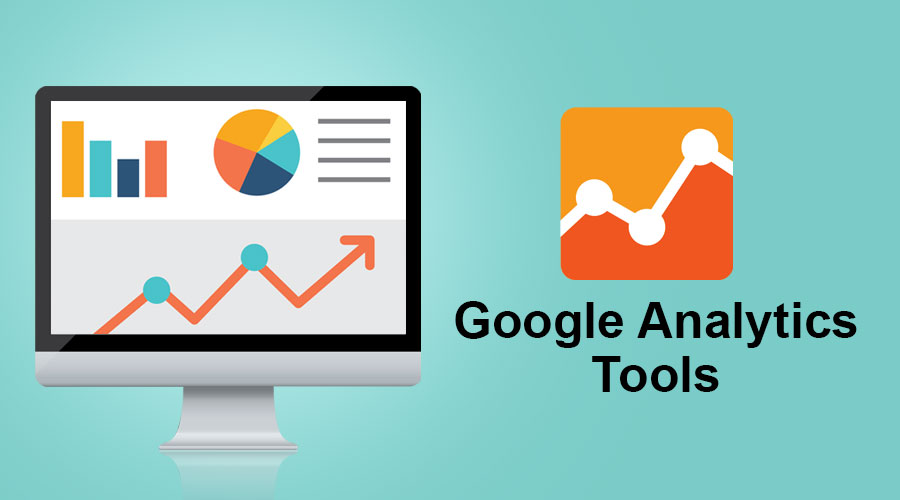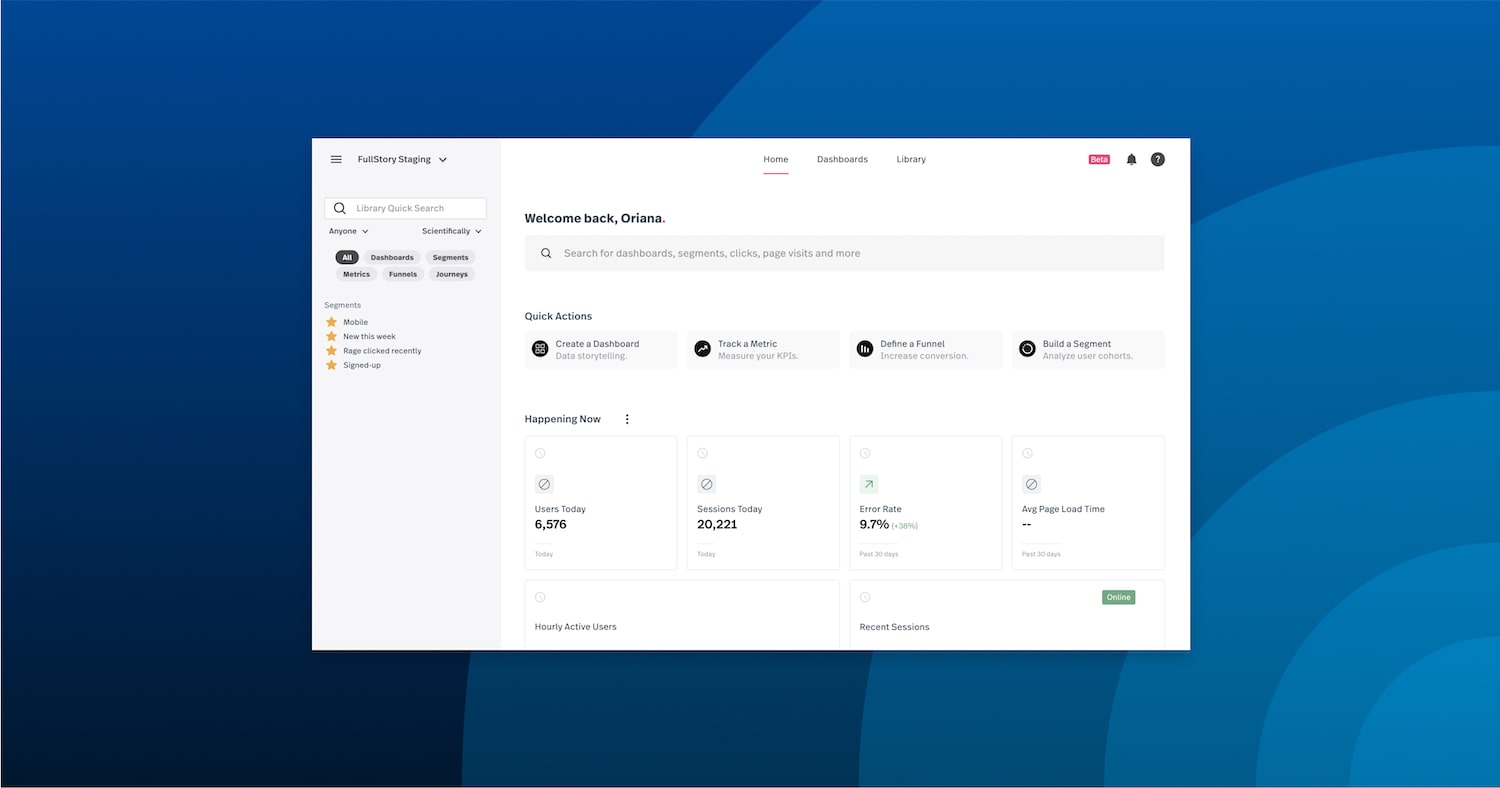Simplify Your Information Monitoring with Integrated Analytics Tools
Simplify Your Information Monitoring with Integrated Analytics Tools
Blog Article
Increase Effectiveness and Productivity Via Information Analytics
In today's data-driven landscape, companies are significantly recognizing the essential function of data analytics in enhancing functional efficiency and success. By methodically evaluating information, companies can discover vital understandings that inform critical decisions, enhance processes, and dressmaker consumer experiences.
Understanding Information Analytics
In today's data-driven landscape, understanding data analytics is essential for companies aiming to boost operational effectiveness and drive success. Data analytics includes the organized computational analysis of information sets to discover patterns, relationships, and understandings that inform decision-making. By employing various methods, such as analytical evaluation, artificial intelligence, and predictive modeling, organizations can transform raw information right into actionable intelligence.
The process typically begins with data collection, where appropriate information is collected from multiple sources, including transactional databases, client interactions, and market trends. This data is then cleansed and arranged to make certain precision and uniformity. As soon as the information is prepared, logical devices and software are utilized to visualize the information and explore, enabling stakeholders to identify fads and abnormalities.
Ultimately, understanding data analytics empowers companies to make enlightened choices based upon empirical proof rather than intuition. It helps with targeted strategies that can optimize source appropriation, enhance customer contentment, and enhance overall efficiency. As companies increasingly recognize the value of data-driven insights, a strong understanding of information analytics comes to be a vital competency for leaders and groups alike, positioning them for sustained success in an affordable setting.

Key Advantages for Businesses
Organizations that take advantage of information analytics can open a wide variety of advantages that dramatically boost their operations and productivity. One of the main benefits is boosted decision-making. Information analytics offers workable insights originated from real-time information, allowing businesses to make enlightened options that align with market demands and consumer choices.

In addition, data analytics fosters boosted consumer experiences. By comprehending customer behaviors and choices, organizations can customize their offerings, leading to enhanced contentment and loyalty. This customized method commonly leads to greater conversion rates and repeat company.
Furthermore, data analytics enables companies to determine emerging opportunities and fads. By remaining ahead of the contour, companies can take advantage of on brand-new markets and technologies before their rivals.
Applying Data-Driven Methods
Effective execution of data-driven approaches needs a comprehensive understanding of both organizational objectives and readily available information resources. Organizations must initially specify their purposes plainly, making certain placement in between data campaigns and tactical purposes. This clarity makes it possible for groups to focus on pertinent metrics and insights that drive decision-making.
Next, businesses ought to assess their existing information infrastructure. This entails assessing data quality, accessibility, and combination capabilities. High-grade data is crucial for accurate analysis, as inadequate information can result in illinformed methods and wasted sources. Organizations has to develop processes for information collection, cleansing, and monitoring to maintain data honesty.
Additionally, fostering a data-driven culture is crucial. Employees in all degrees need to be urged to leverage data in their day-to-day operations. Training workshops and programs can improve data literacy, empowering personnel to make educated decisions based on analytical understandings.
Devices and Technologies Summary
A durable suite of tools and technologies is essential for organizations intending to harness the full potential of data analytics. These tools facilitate the collection, processing, and visualization of data, making it possible for organizations to derive actionable insights.
At the fundamental degree, information administration platforms such as SQL databases and NoSQL systems provide effective data storage space and access capacities. For information processing and evaluation, programs languages like Python and R, together with structures such as Apache Glow, allow intricate estimations and artificial intelligence applications.
Visualization tools, including Tableau and Power BI, change raw data into instinctive graphical layouts, making insights accessible to stakeholders in any way levels. In addition, cloud-based platforms like Google Cloud and AWS supply scalable storage and handling services, fitting the growing volumes of information companies run into.
For advanced analytics, anticipating modeling and AI-driven options are progressively adopted, enabling companies to anticipate trends and improve decision-making procedures. Incorporating these devices right into existing process is extremely important; organizations that successfully take advantage of this modern technology can substantially enhance functional efficiency and drive profitability. Hence, buying the right devices and modern technologies is a Check Out Your URL critical important for any data-driven company.
Study of Success
Leveraging data analytics has led many organizations to attain remarkable improvements in effectiveness and productivity. One notable situation is a big retail chain that implemented anticipating analytics to enhance stock management. By examining historical sales data and consumer trends, the firm decreased excess inventory by 30%, causing substantial expense savings and improved money circulation.
An additional example can be found in the production market, where a leading automobile producer made use of information analytics to boost its production processes. By monitoring machine efficiency in real-time, the organization determined inefficiencies and bottlenecks, causing a 20% increase in total tools effectiveness (OEE) This not only increased production rates but likewise lessened downtime and upkeep costs.

These study illustrate how data analytics can drive calculated decision-making, maximize procedures, and i loved this eventually enhance both performance and success across different fields.
Final Thought
In final thought, the combination of information analytics into business operations offers considerable chances for enhancing efficiency and success. By systematically assessing information, organizations can identify inadequacies, enhance customer experiences, and make informed decisions. The fostering of anticipating modeling and real-time tracking even more makes it possible for organizations to remain ahead of emerging fads and designate resources effectively. Eventually, the strategic implementation of data-driven techniques fosters sustained affordable advantages and drives considerable improvements in functional efficiency and monetary outcomes.
In today's data-driven landscape, understanding information analytics is vital for companies intending to enhance operational efficiency and address drive success. Data analytics entails the organized computational evaluation of data collections to discover patterns, connections, and insights that educate decision-making. Information analytics provides actionable understandings obtained from real-time information, allowing organizations to make educated choices that line up with market demands and consumer choices.
Premium information is necessary for precise evaluation, as bad information can lead to illinformed approaches and lost resources. Organizations must develop processes for information collection, cleansing, and administration to maintain information integrity.
Report this page